These actions are captured in our Operational Plan, an abridged and summarised version can be viewed below.
A narrated summary
Short on time? Listen to our narrated summary.
DBTH Operational Plan 2025/26 – what you need to know
This year’s operational plan sets out what we’re aiming to deliver in 2025/26 (from 1 April 2025 to 31 March 2026) – for our patients, colleagues and partners. It brings together national expectations, local plans, and our own organisational priorities, underpinned by a new strategic framework and clear shared purpose.
The Opertaional Plan is informed by our strategy – Healthier Together – which sets out where we’re going as a Trust, and how we’ll get there together.
It’s built around four Strategic Priorities – the things that will always guide our work:
- Patients – We deliver safe, exceptional, person-centred care.
- People – We are supportive, positive and welcoming.
- Partnerships – We work together to enhance our services with clear goals for our communities.
- Pounds – We are efficient and spend public money wisely.
To help deliver on these Strategic Priorities, we’ve also set out a series of Strategic Ambitions – things we want to improve over time to make care more sustainable, inclusive and forward-looking. These are:
- Provide the best care environments.
- Tackling health inequalities.
- Becoming a leading centre for research and education.
- Becoming a digitally enabled and mature organisation.
In context with the national picture
Across the NHS, there’s a continued push to reduce waiting times, shift more care into communities, and make greater use of digital tools. Financial pressures are high, and trusts are expected to deliver reform while improving outcomes, access and efficiency.
DBTH’s plans align with this national direction – particularly around reducing health inequalities, modernising care, embracing digital and strengthening leadership.
A primer on the national picture, and relevant documents, can be viewed here.
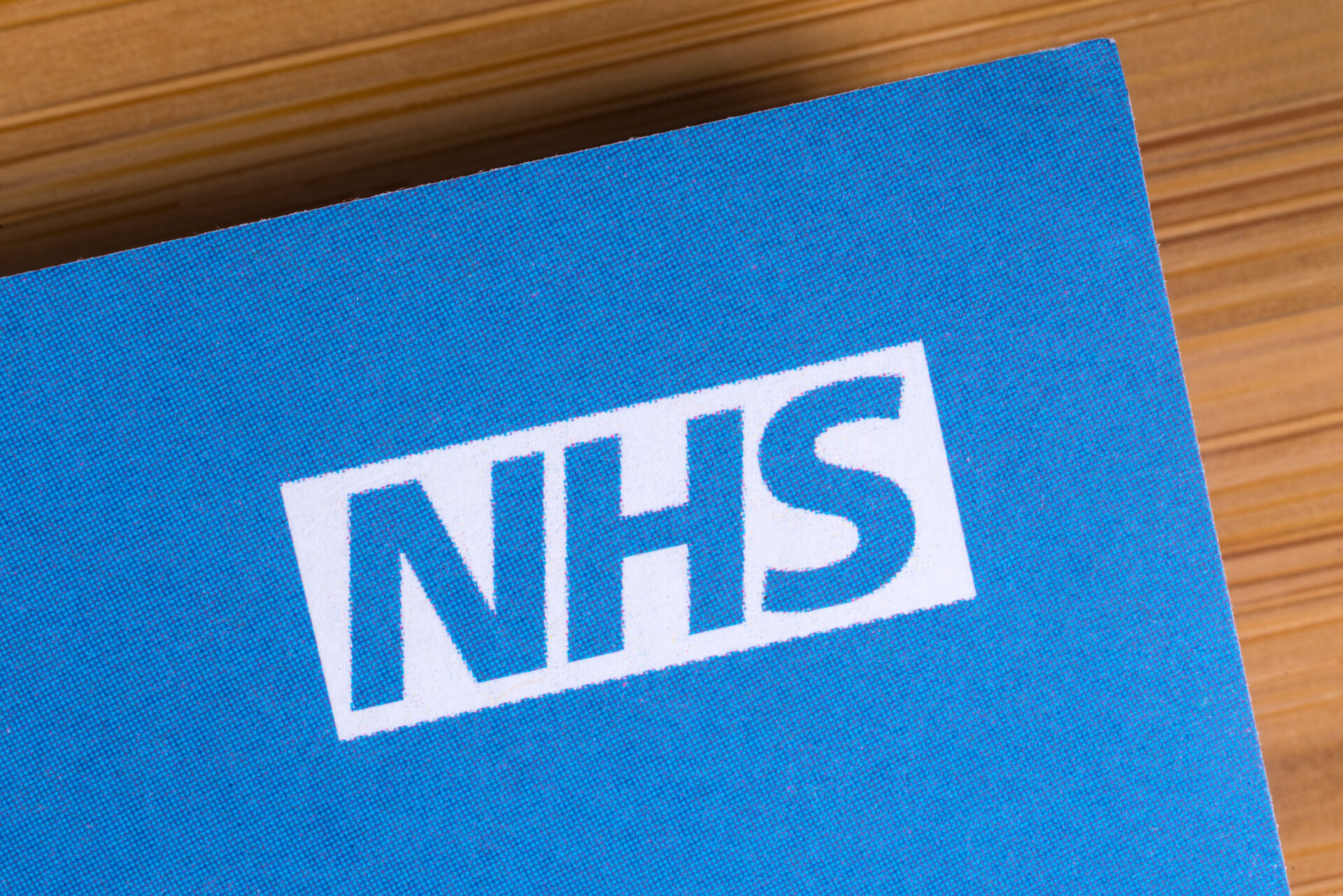
Collaborative working
We’ll keep working across the South Yorkshire and Nottinghamshire systems, including with the ICB and provider collaboratives. Our improvement work through DBTH-i will continue, aimed at eliminating waste, improving patient flow and empowering teams. We’re also developing our education and research offer, supporting our goal to become a University Teaching Hospital.
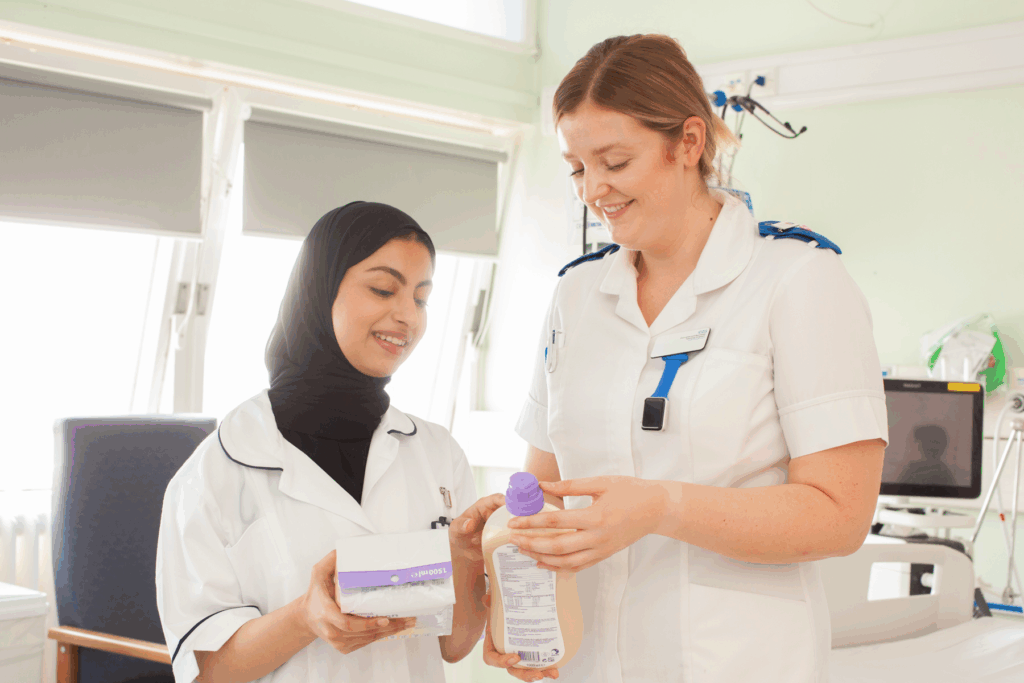
Elective care
We’re targeting a reduction in long waits, focusing on achieving the 18-week Referral to Treatment (RTT) standard and reducing 52-week breaches. We’ll continue validating our waiting list every 12 weeks, expand Patient Initiated Follow-Up (PIFU), improve outpatient bookings, and reduce DNAs.
The Theatre Improvement Programme will help us increase day-case rates and better use available capacity. Montagu Community Diagnostic Centre (CDC) will support timely tests and diagnostics, with an aim to deliver over 80,000 tests this year.
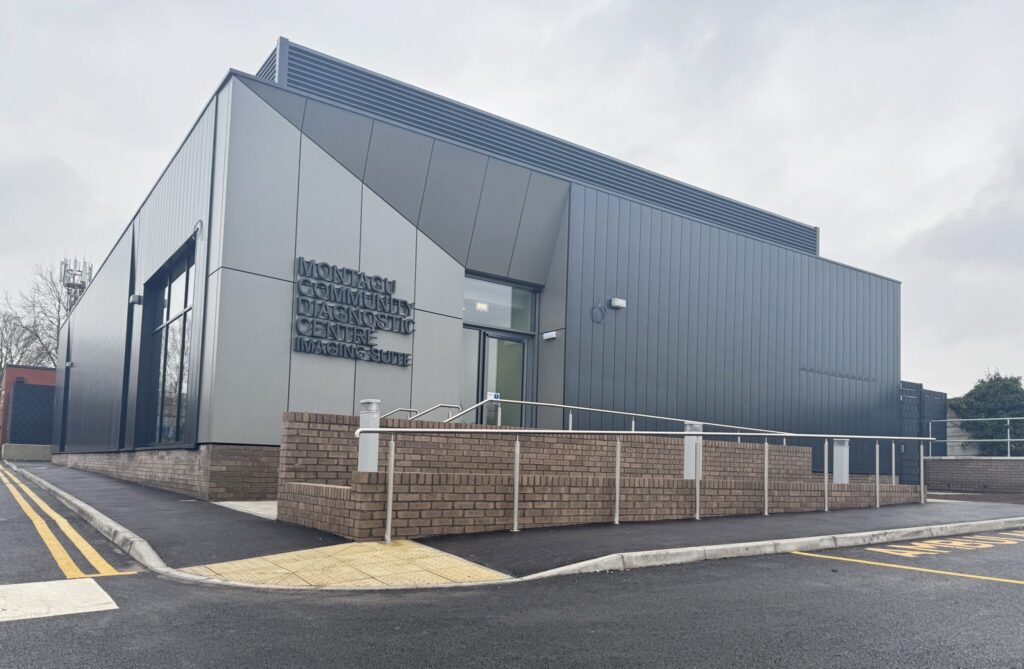
Urgent and Emergency Care (UEC)
We’re working to improve A&E performance, with a target of achieving 78% of patients seen within four hours by March 2026. We’ll expand Same Day Emergency Care (SDEC), further develop virtual wards, and continue our ‘UTC First’ model at DRI to improve streaming and access.
We’ll strengthen discharge and flow, aiming to reduce long lengths of stay and improve ambulance handover times, particularly by using community-based care to avoid unnecessary admissions.

Cancer services
We aim to meet the 62-day referral-to-treatment standard for at least 75% of patients by March 2026 and continue delivering the Faster Diagnosis Standard. We’ll streamline cancer pathways using one-stop and straight-to-test models, reduce unnecessary referrals, and make use of clinical decision support tools and AI. We’ll also expand non-medical roles in diagnostics and treatment to build a more sustainable service.

Diagnostics
Diagnostics remain a key priority. We’ll expand capacity at Montagu CDC, including new pathways and extended hours. We’ll also introduce direct GP access to flexible sigmoidoscopy and other tests, while rolling out AI and digital tools to speed up reporting and results. We expect to mobilise a new imaging suite at DRI to support urgent and cancer care.
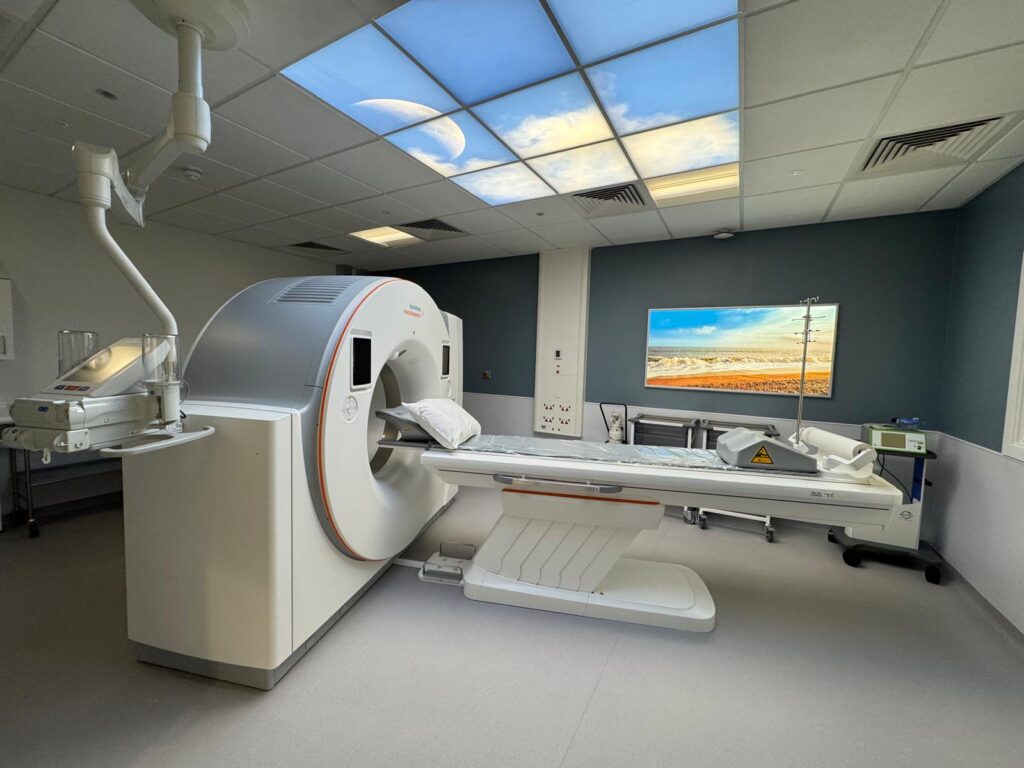
People
Our People Strategy is about making DBTH a place people want to work — and stay. We’ll continue embedding the DBTH Way, support inclusive recruitment, improve appraisal and leadership development, and offer more flexibility and career pathways.
Reducing agency spend and sickness absence are also priorities. We’re rolling out support for neurodiverse colleagues, fulfilling our anti-racism pledge, and increasing apprenticeships. We’ll also review rostering practices, improve onboarding, and support managers with clearer guidance on capability, performance and development.
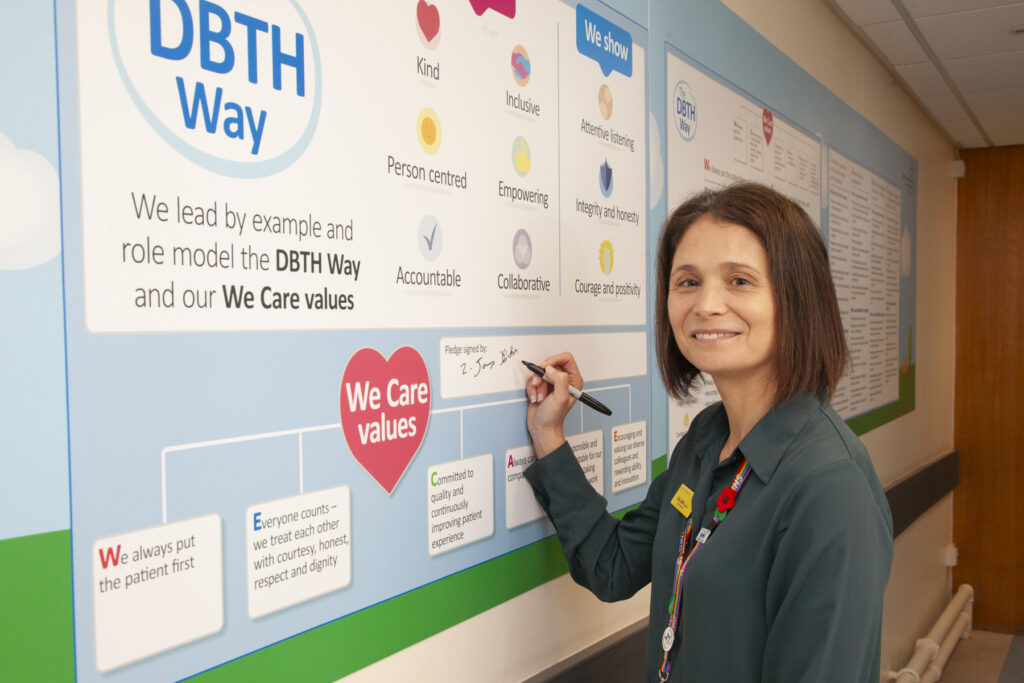
Quality
Our quality priorities for this year are:
- Reduce hospital-acquired pneumonia through prevention and early mobilisation
- Improve antimicrobial prescribing to support stewardship and reduce resistance
- Strengthen compliance with the Mental Capacity Act, including training and auditing
We’ll continue building a just and inclusive culture, improve learning from reviews, enhance job planning, and support the Medical Examiner service to meet national requirements.

Finance
We’ve submitted a break-even financial plan, which includes delivering £31.4 million in cost improvements. These will come from:
- Reducing bank and agency spend
- Improving theatre, outpatient and discharge productivity
- Streamlining procurement and estates management
- Increasing energy efficiency
- Embracing digital transformation and service redesign
Efficiency will be achieved through both clinical and corporate improvements, with regular monitoring and support from dedicated workstreams.

Digital and data
We’re laying the groundwork for our new Electronic Patient Record (EPR), replacing outdated systems and devices and improving infrastructure across all sites. This includes:
- Wi-Fi and network upgrades
- New systems in radiology, audiology and maternity
- Use of the Federated Data Platform for better insights
- Staff training and digital literacy support
- Launch of the Digital Strategy 2025–2030
These changes will make care more efficient, data-driven and easier to access — for staff and patients alike.

Conclusion
This plan sets a clear direction, balancing ambition with realism and works in tandem with our overall strategy – and the wider ambitions of the NHS 10-Year Plan.
It reflects the challenges we face but also the opportunities we have to improve care, strengthen our teams and modernise how we work. Whether you’re on the frontline or in a supporting role, your contribution is essential. By focusing on what matters most – patients, people, partnerships and using our pounds well – we can make meaningful progress together.
Whether you work on the frontline or behind the scenes, everyone has a part to play. By keeping our priorities in focus – our patients, our people, our partnerships, and our resources – we can keep improving, together.

Content out of date? Information wrong or not clear enough? Report this page.
